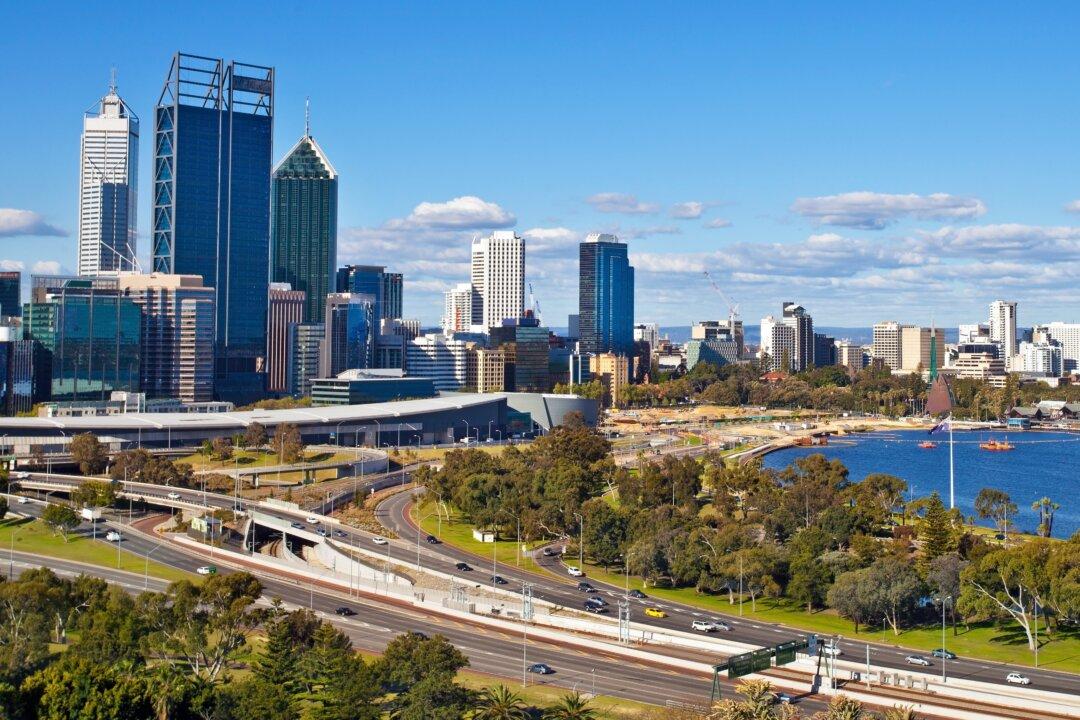Australia’s carbon emission estimates have fallen to their lowest point in the last 30 years, driven primarily by offsets from the nation’s vast lands and forests.
Recently released data has shown that land containing forests and other vegetation—which absorb and store carbon dioxide—have played a critical role in directing Australia’s drop in emissions.





